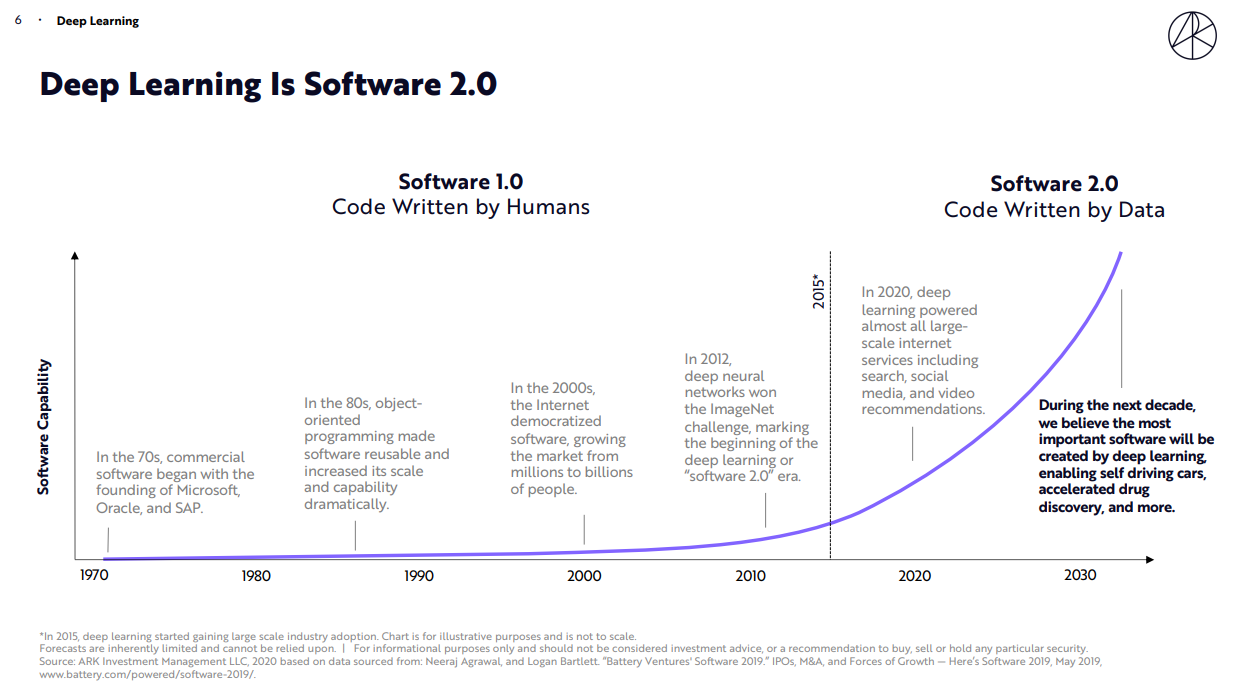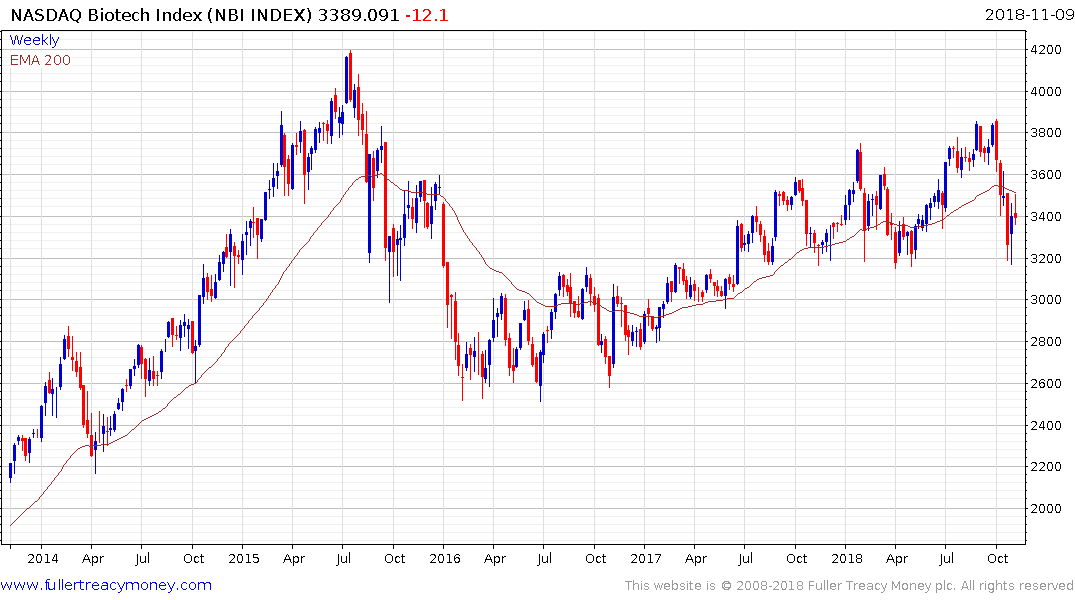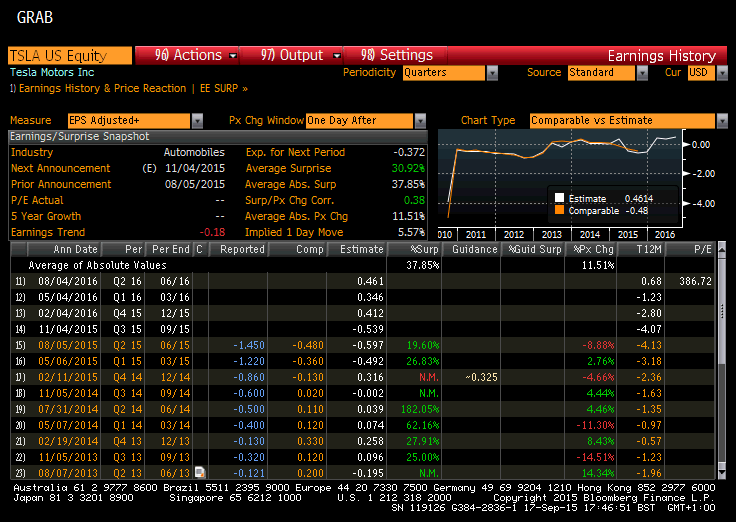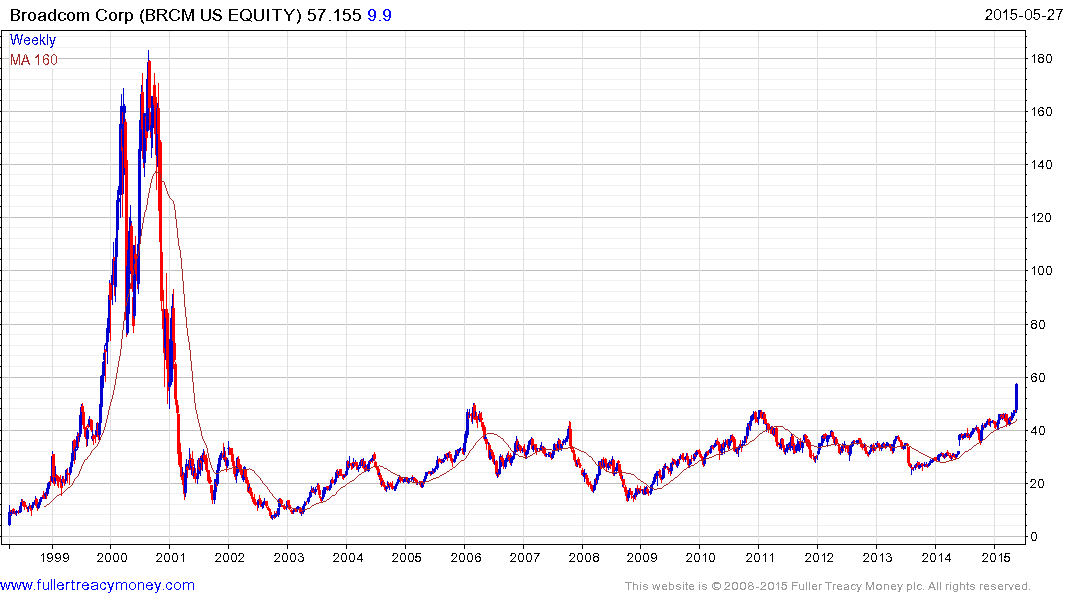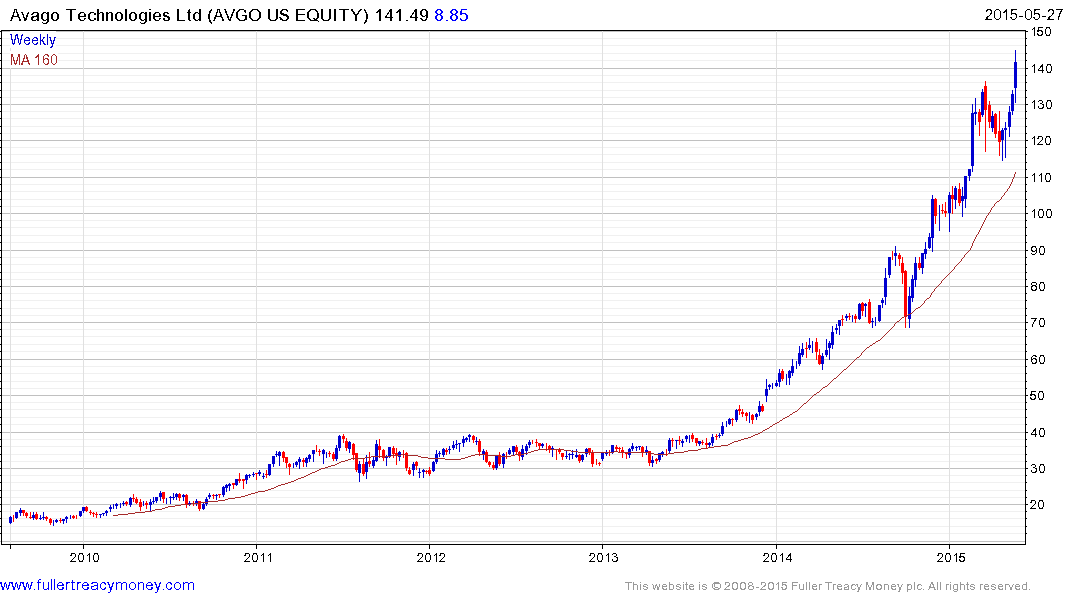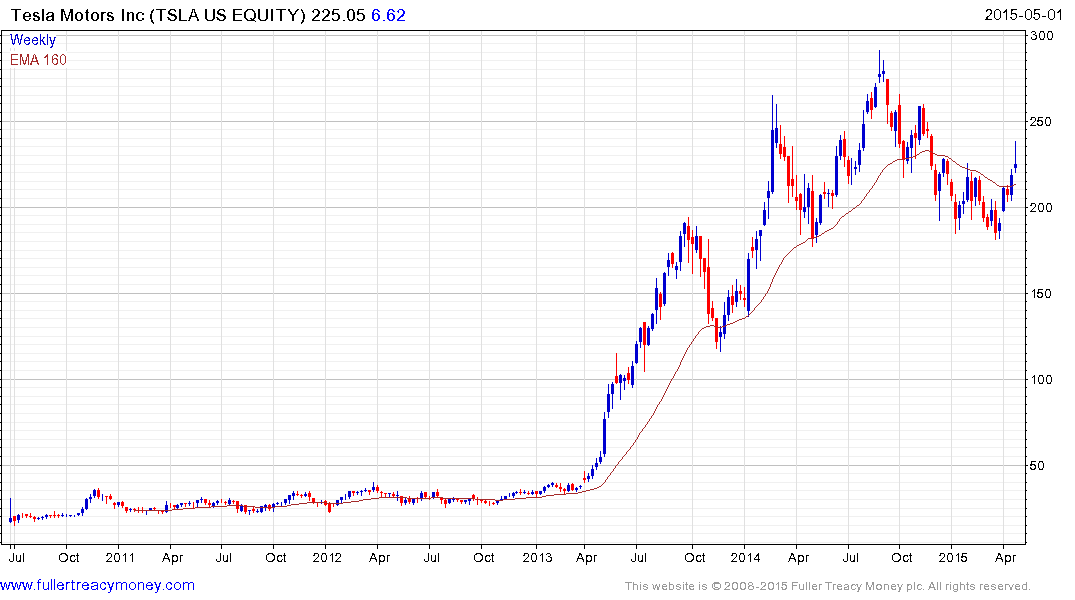Email of the day on money flows and the Nasdaq
Eoin Treacy's view -The Nasdaq price action seems to indicate that the top reached on March 29th 2022 (+/- the high of February 2nd) is of significance since on the 16th of June the close was below despite the intraday spike and has been trading below for the past couple of days : is it a short or just a consolidation phase after some short term overbought condition before it roars again? Rates are pausing but QT resumed after the regional bank scare and its liquidity injection - which is equivalent to rate hiking - as well as M2 continuing to decline (I am not sure that the surge in velocity of money is offsetting it). Your thoughts are welcomed.
Thank you for this question, which is relevant today because monetary conditions are tightening, but from extraordinarily loose conditions. For example M2 is contracting for the first time on a year over year basis.
However, that is occurring following an historic surge. Valuations were flattered by that surge and the largest companies have not yet seen any evidence of a reality check.
Velocity of Money has turned upwards which is consistent with an inflationary bias as consumers accelerate buying decisions. The figures are reported quarterly with a one quarter lag so the data reported at the end of Q1 looks at Q4 2022. The simplest logic is the Fed has to continue to reduce the volume of cash available as the velocity of money rises. To combat inflation it will have to remove it faster than velocity is rising.
This section continues in the Subscriber's Area. Back to top



